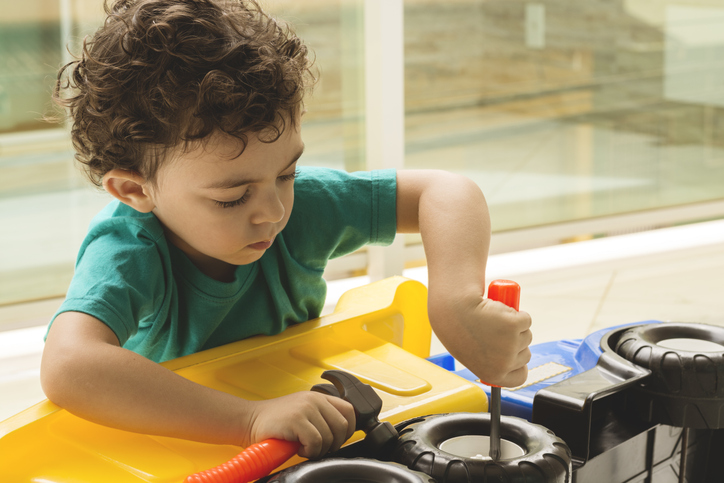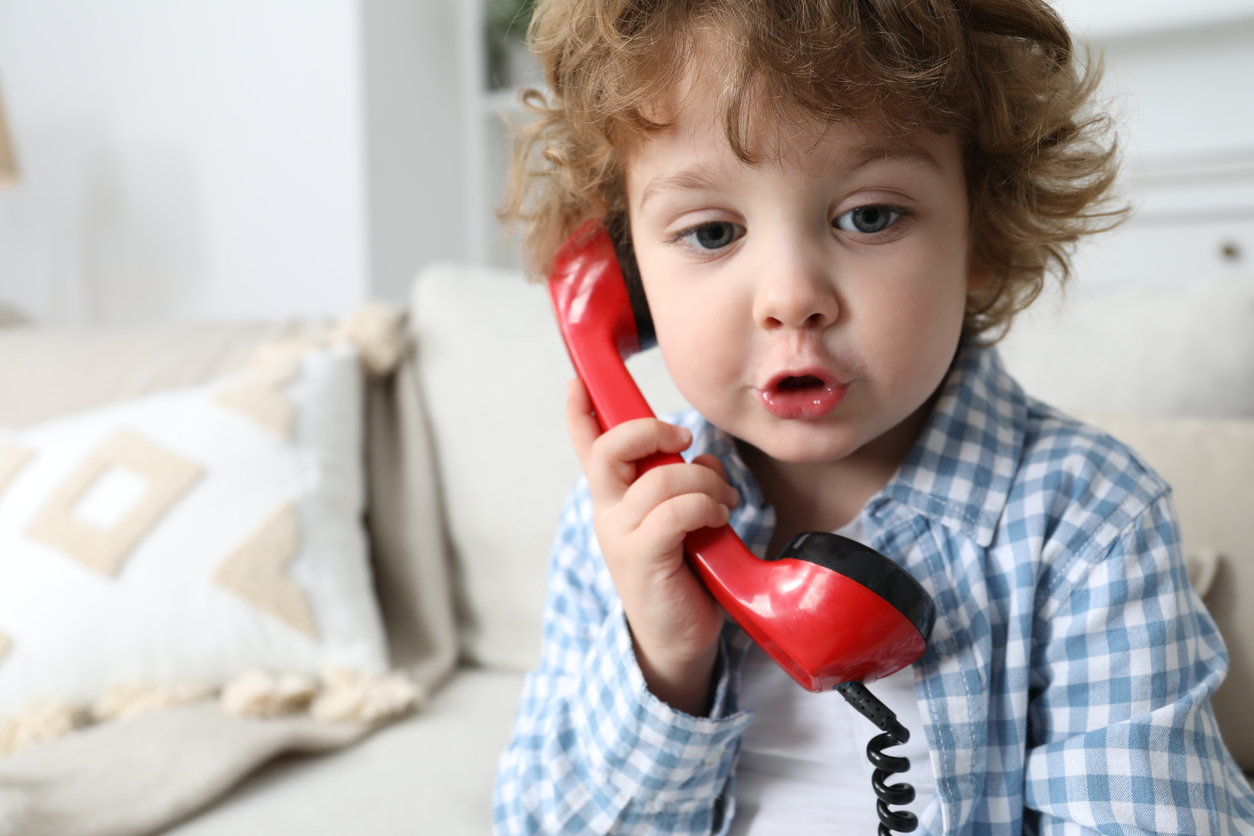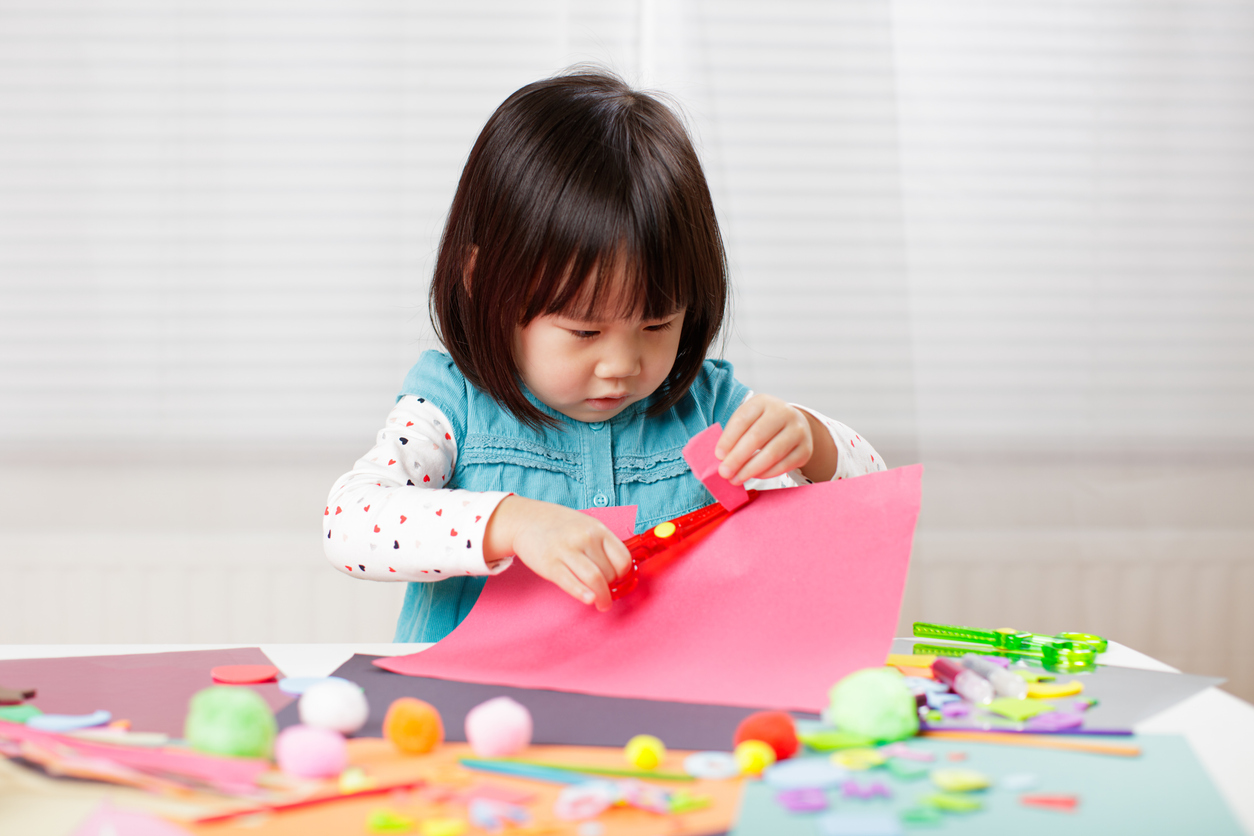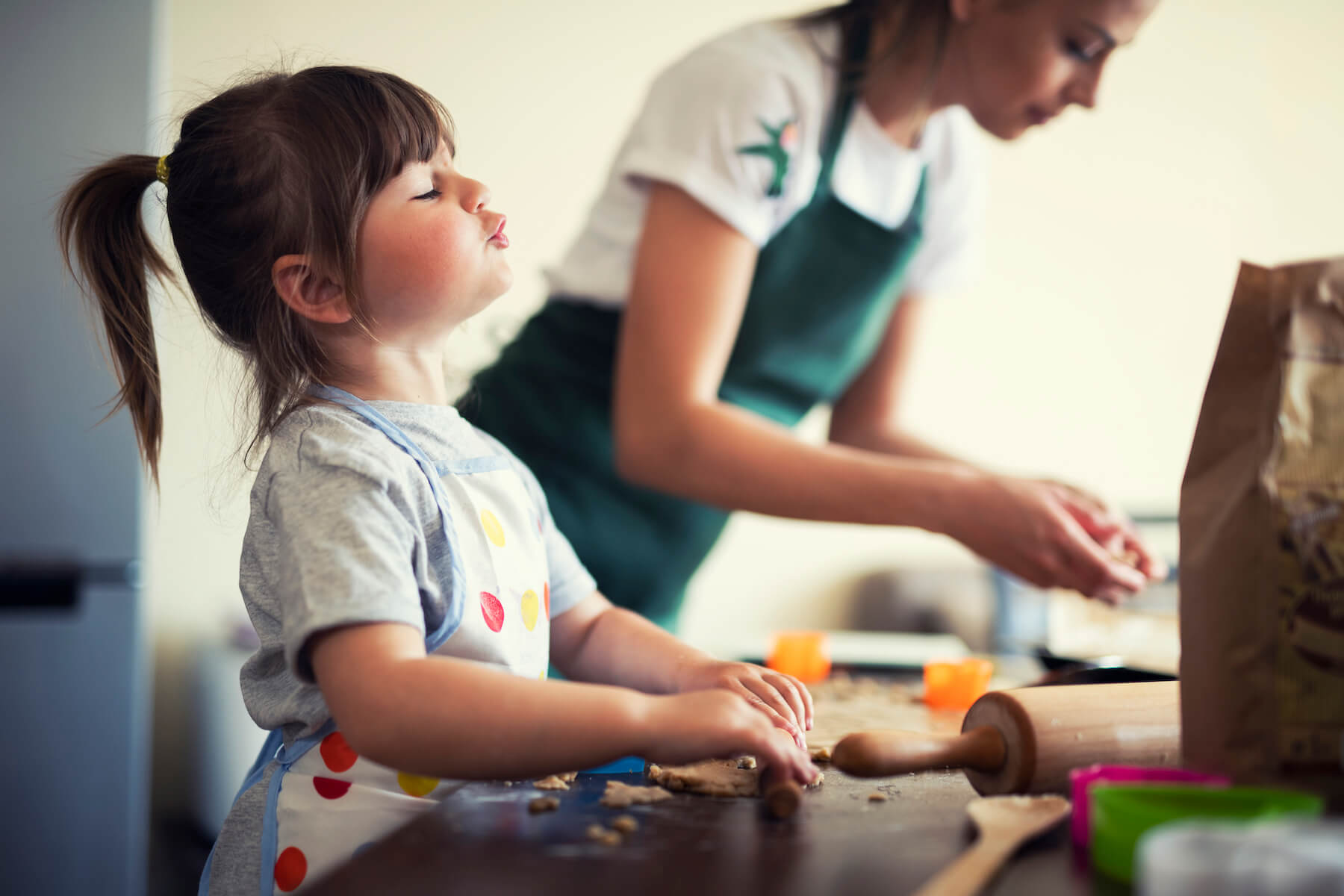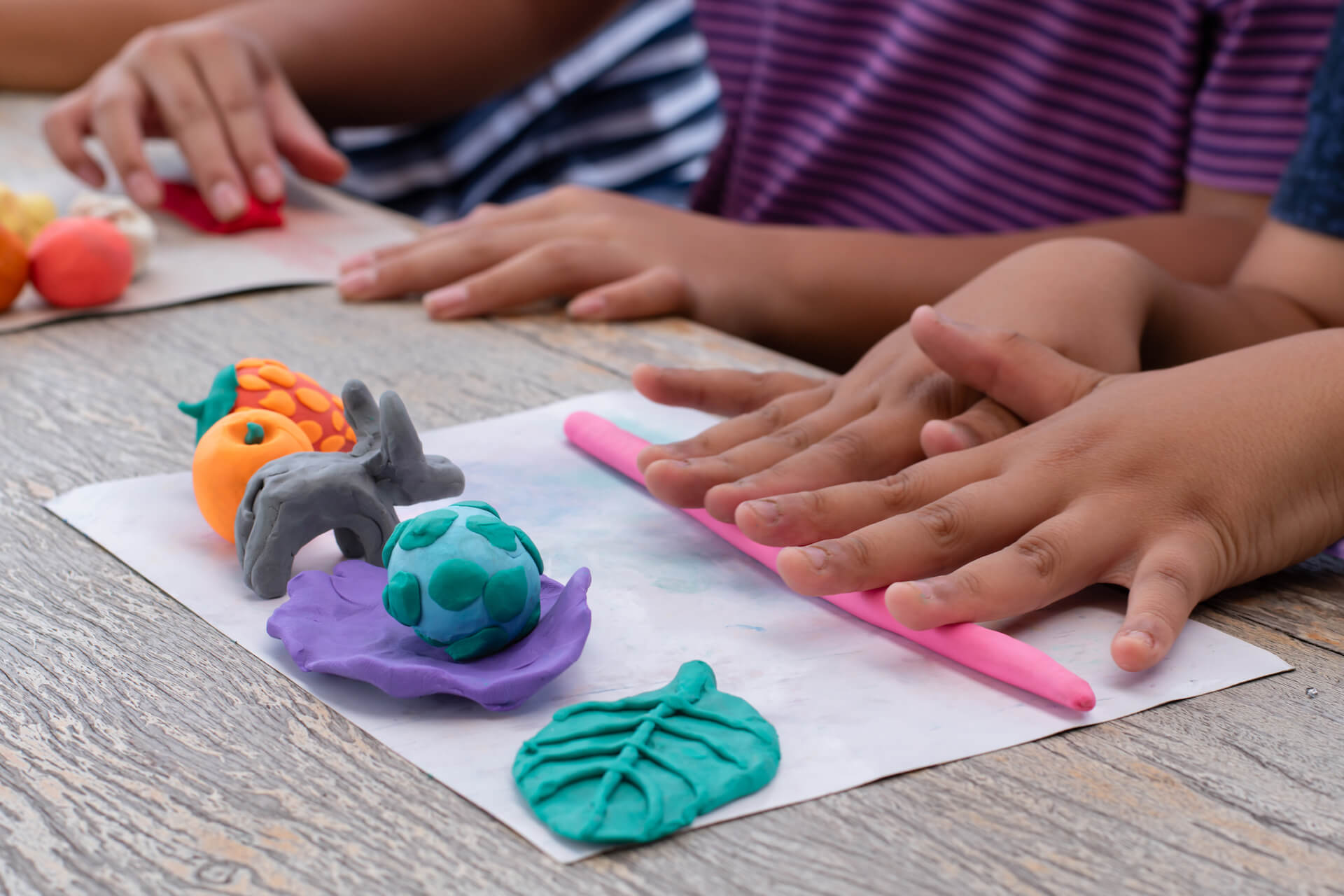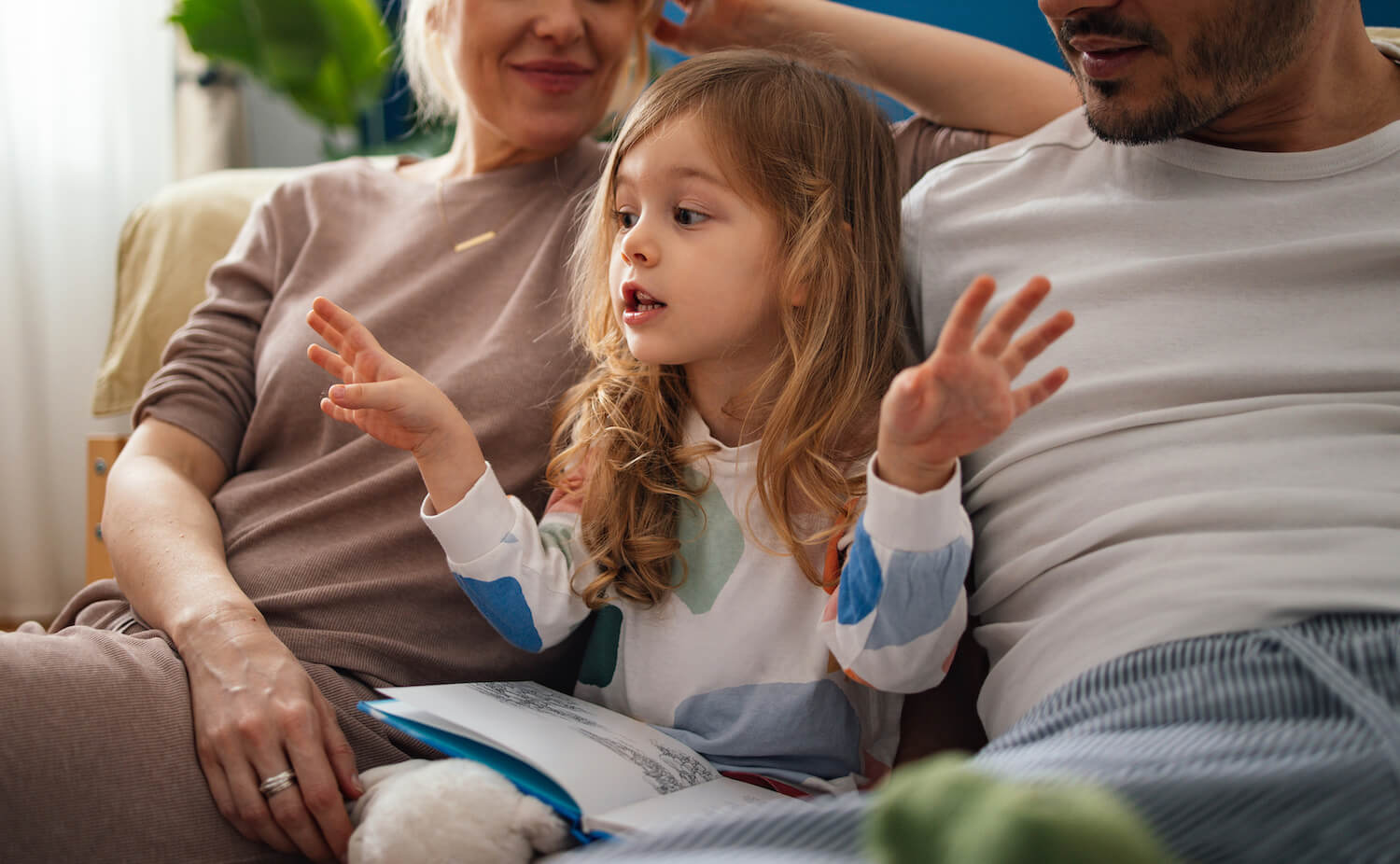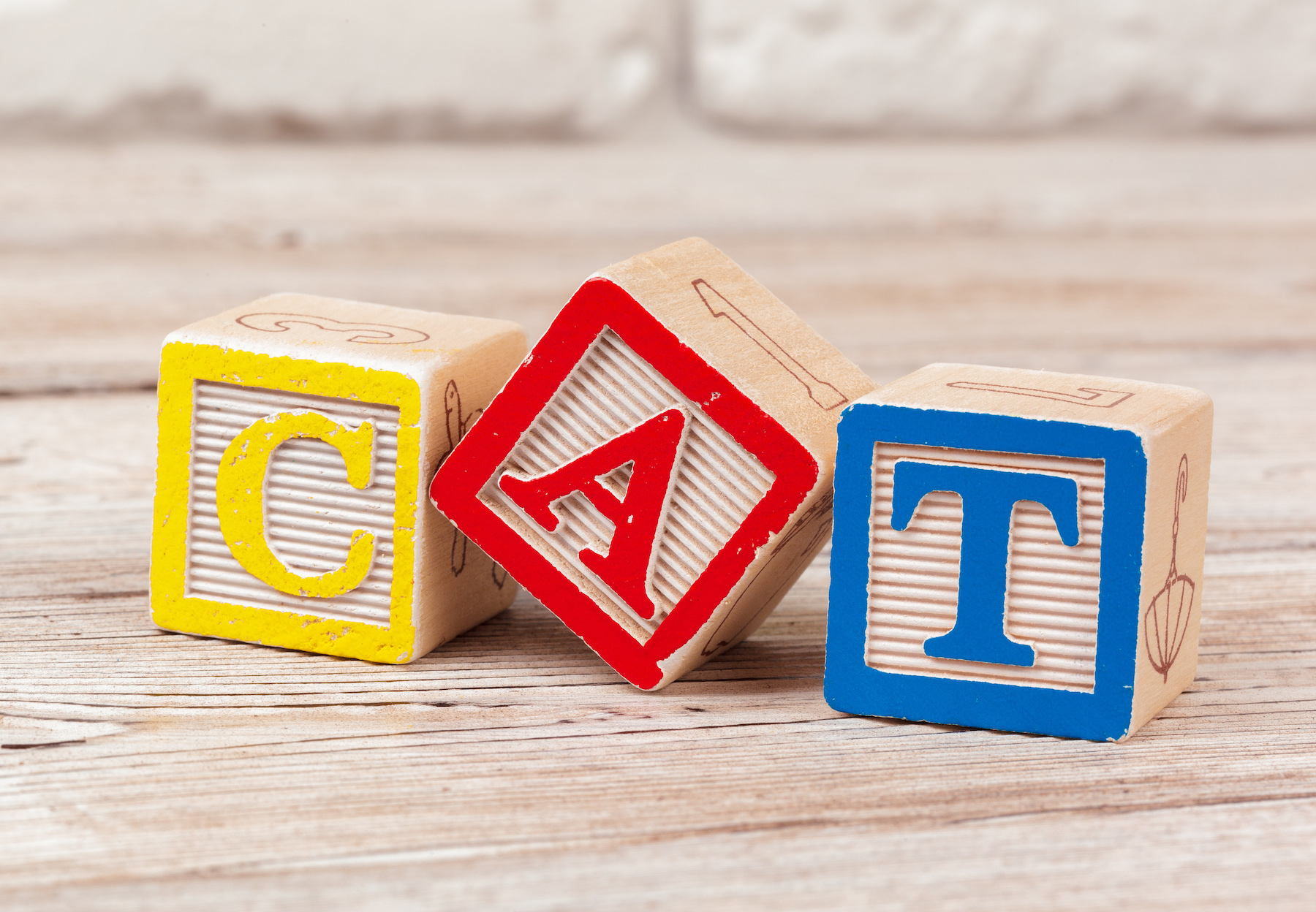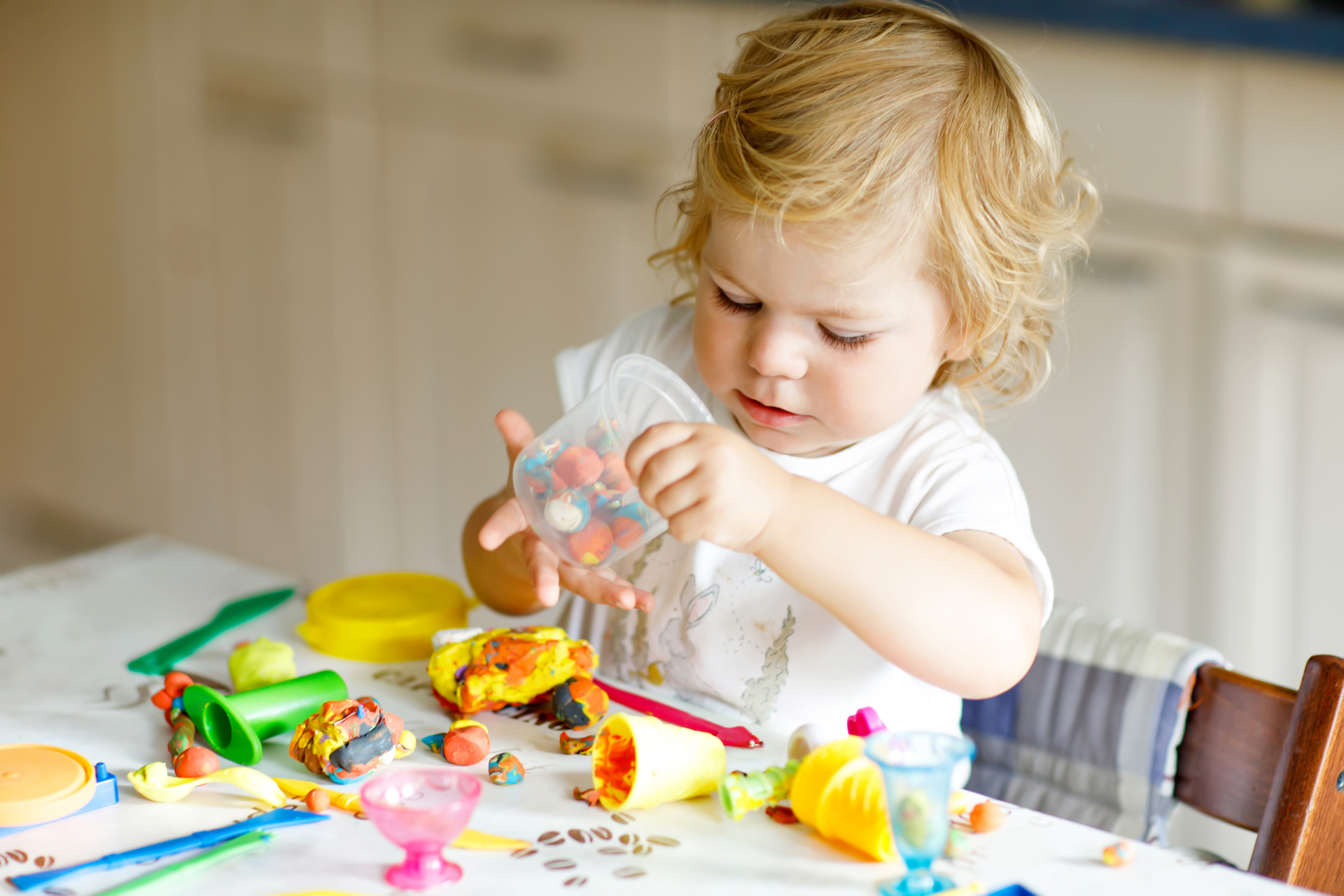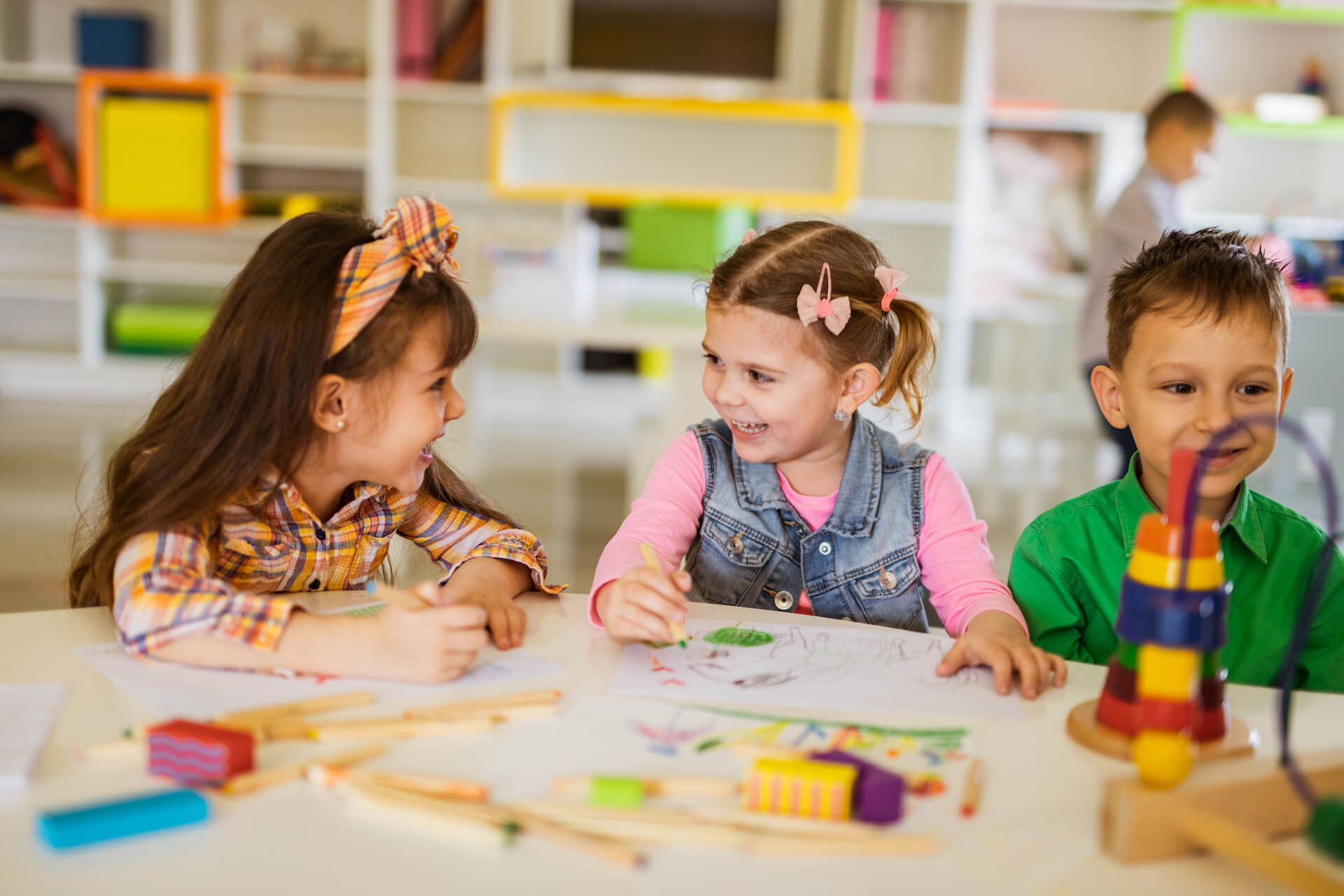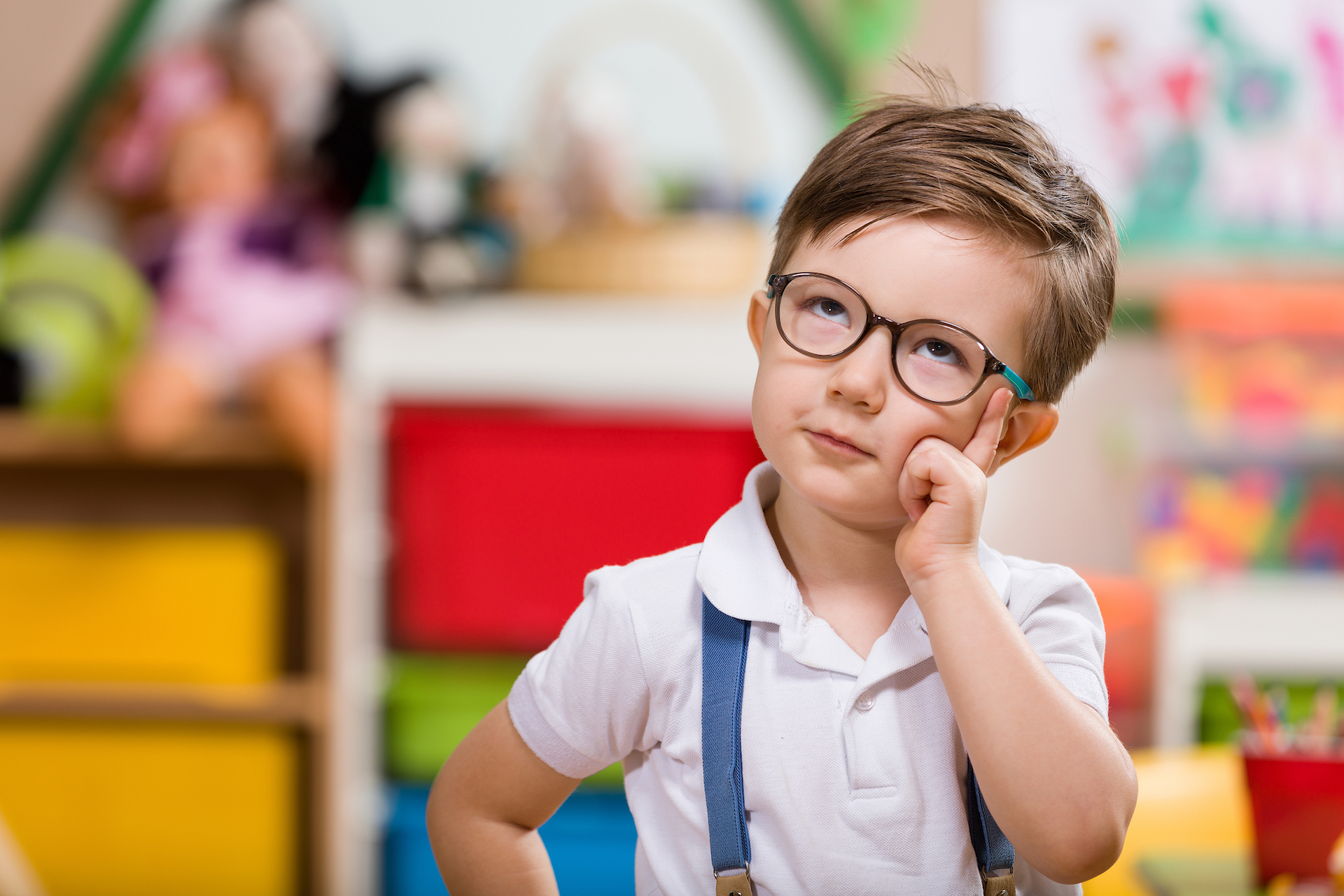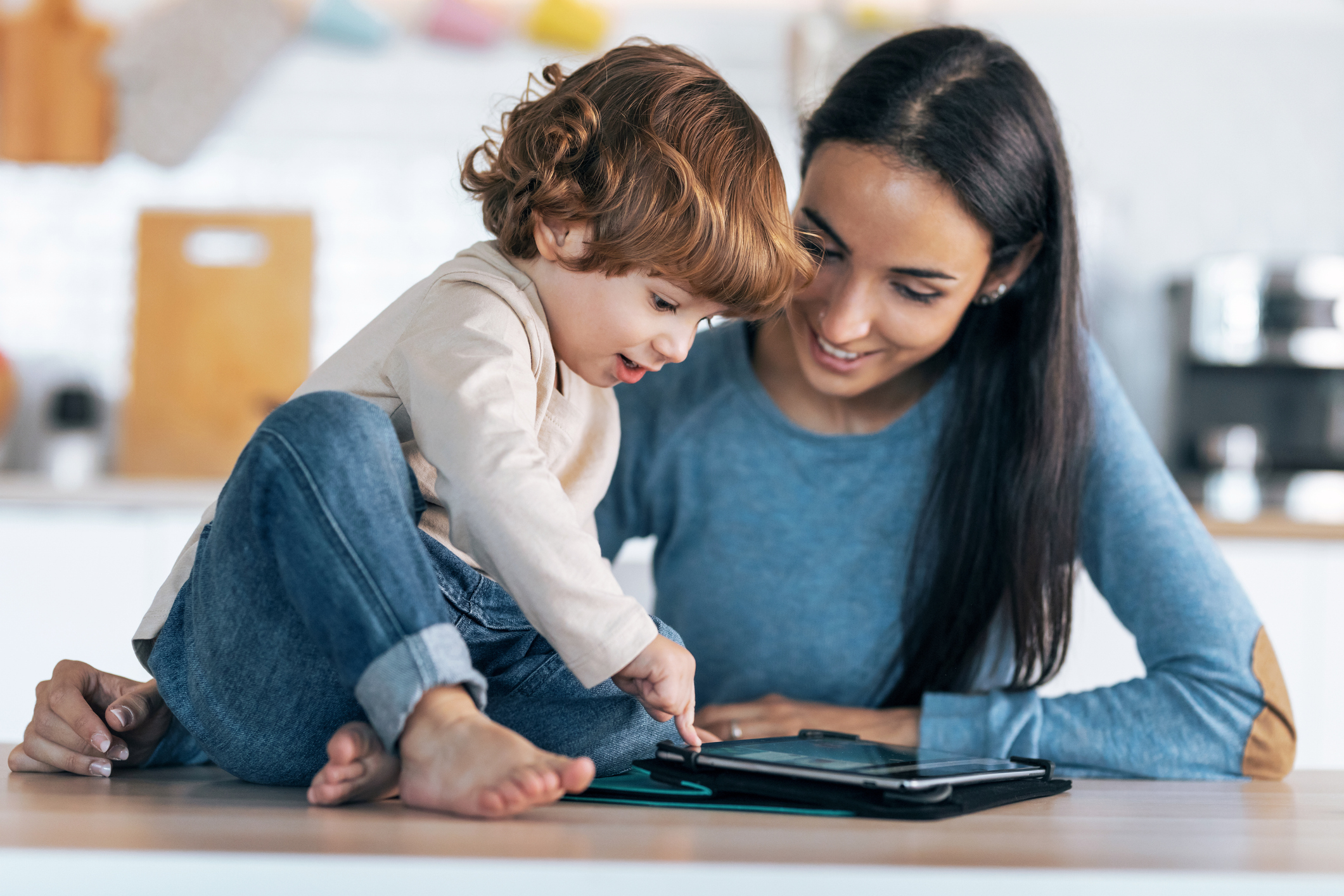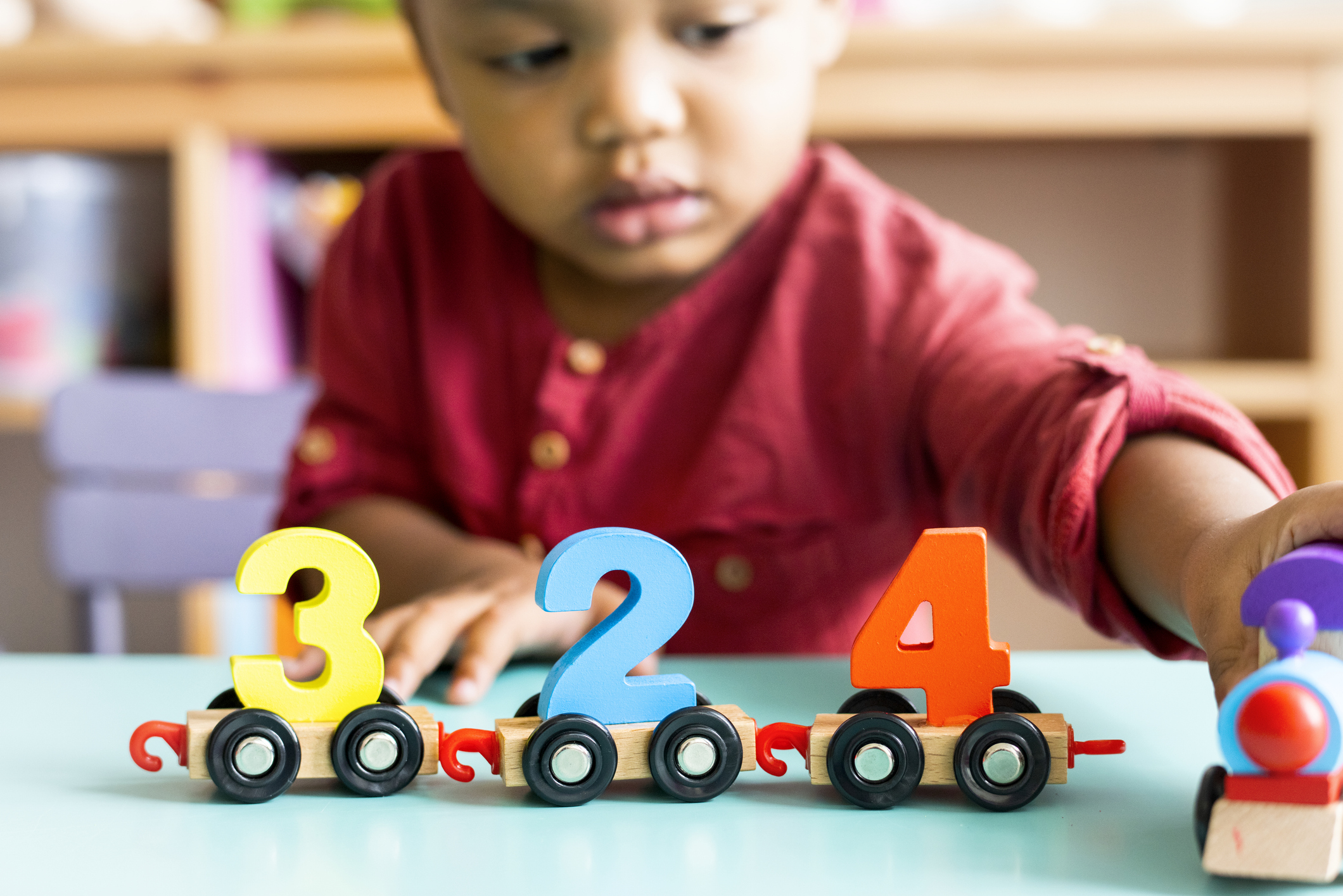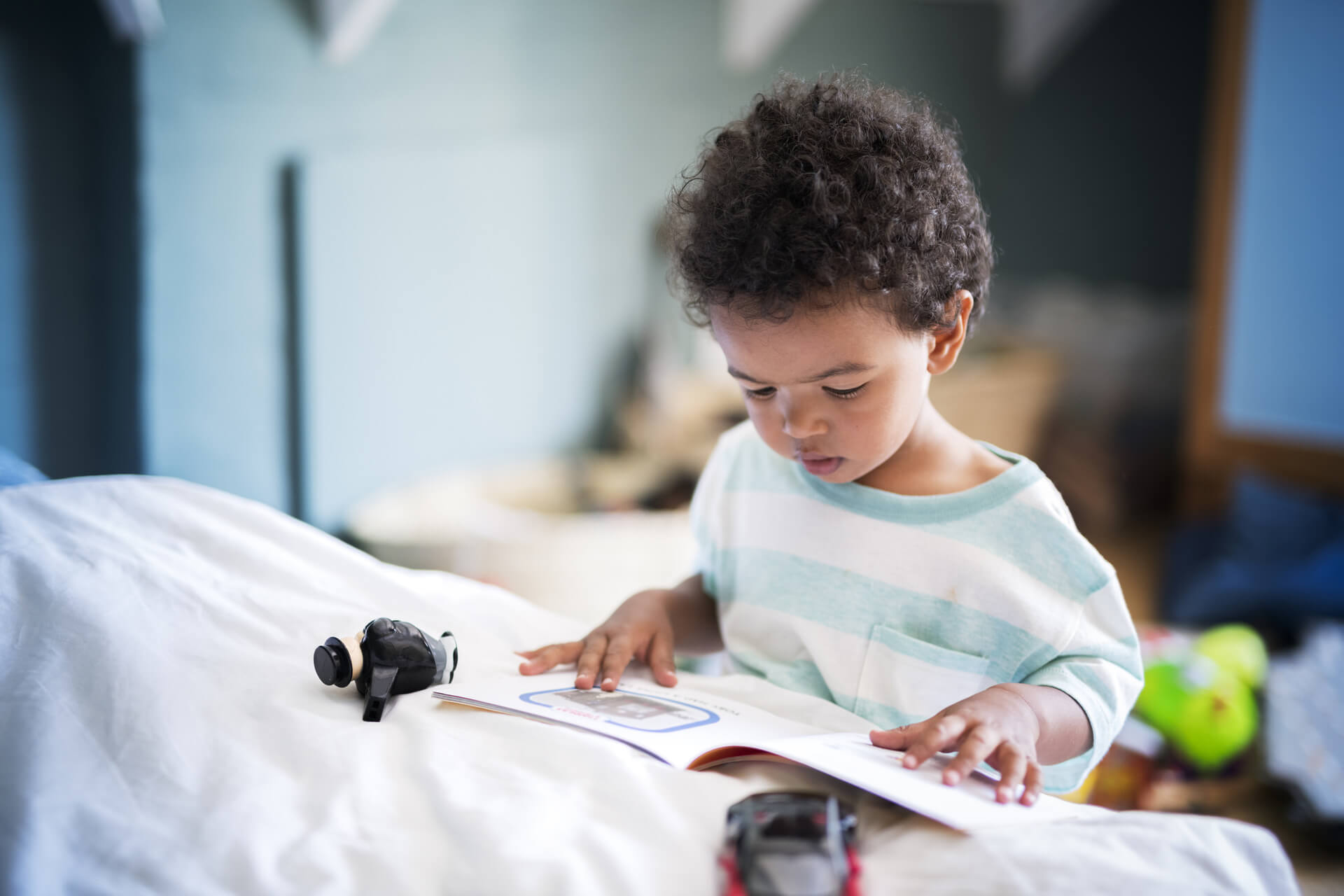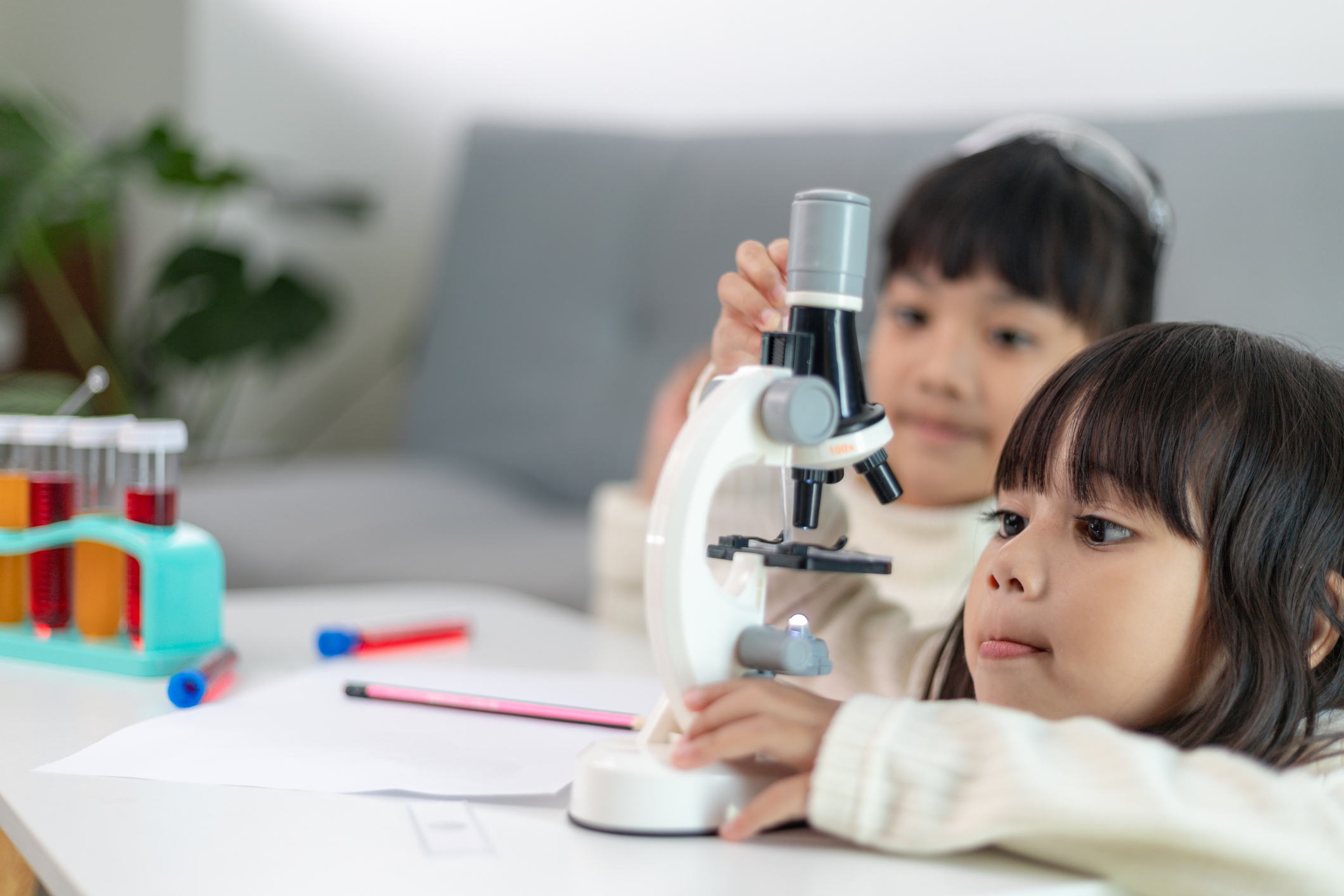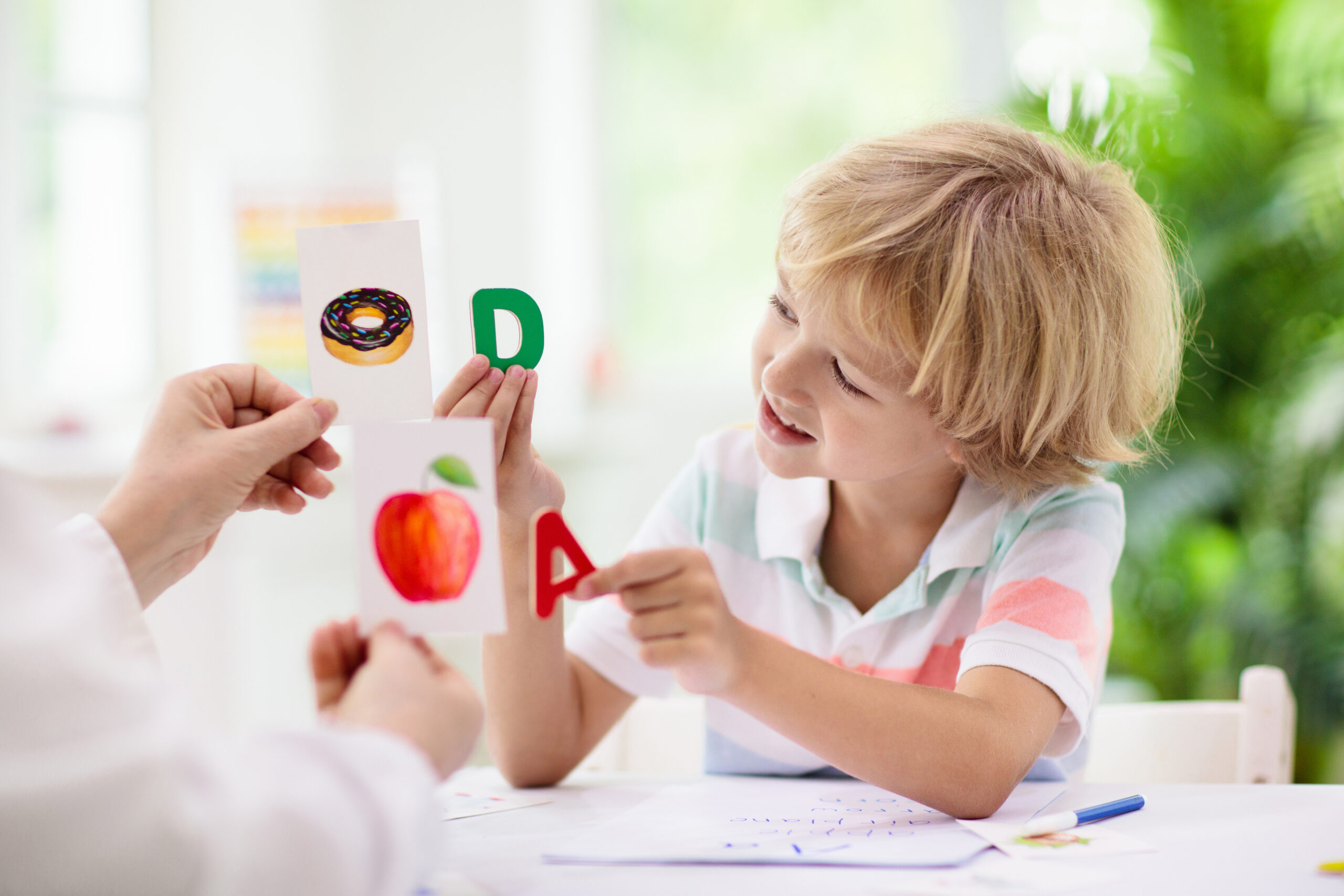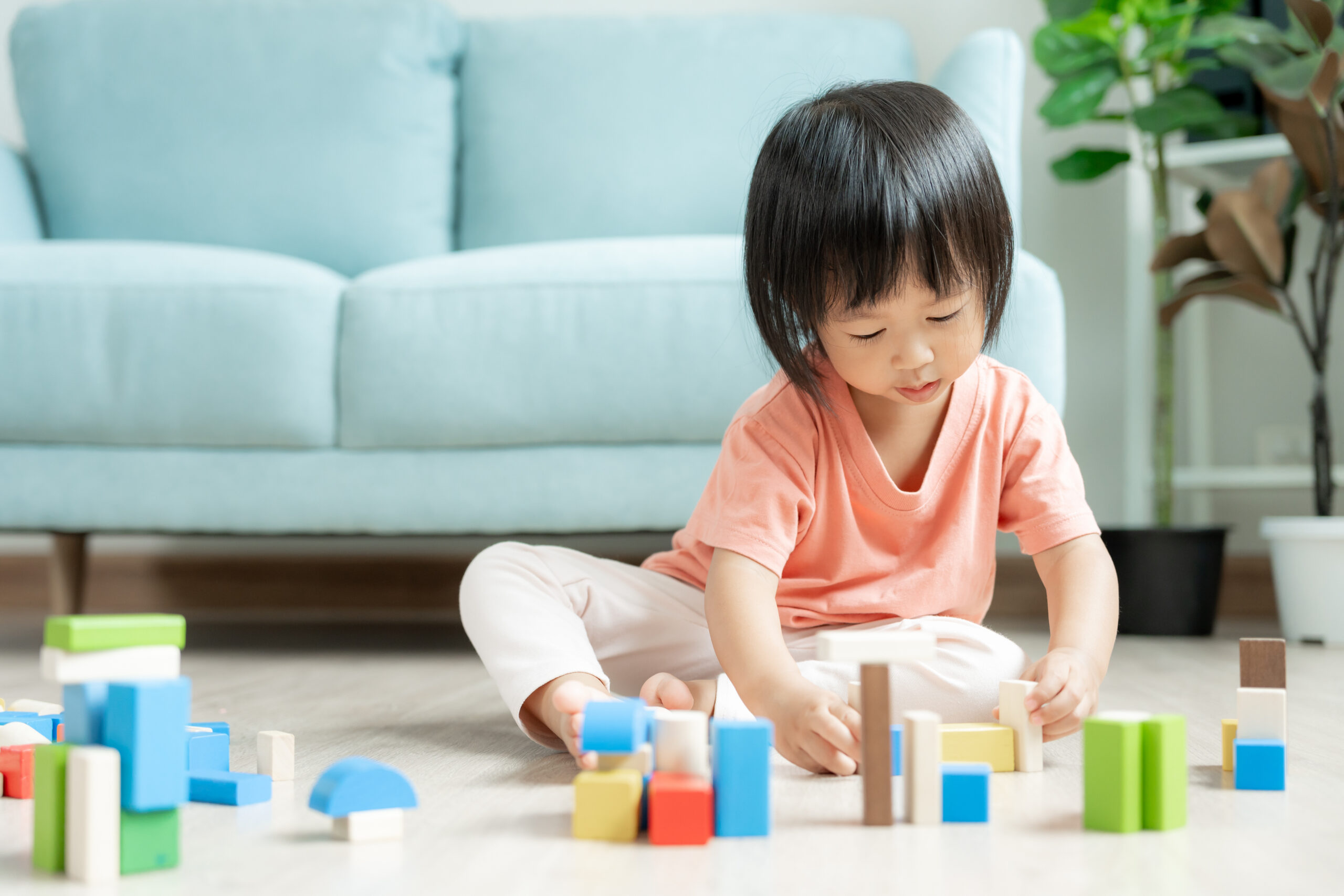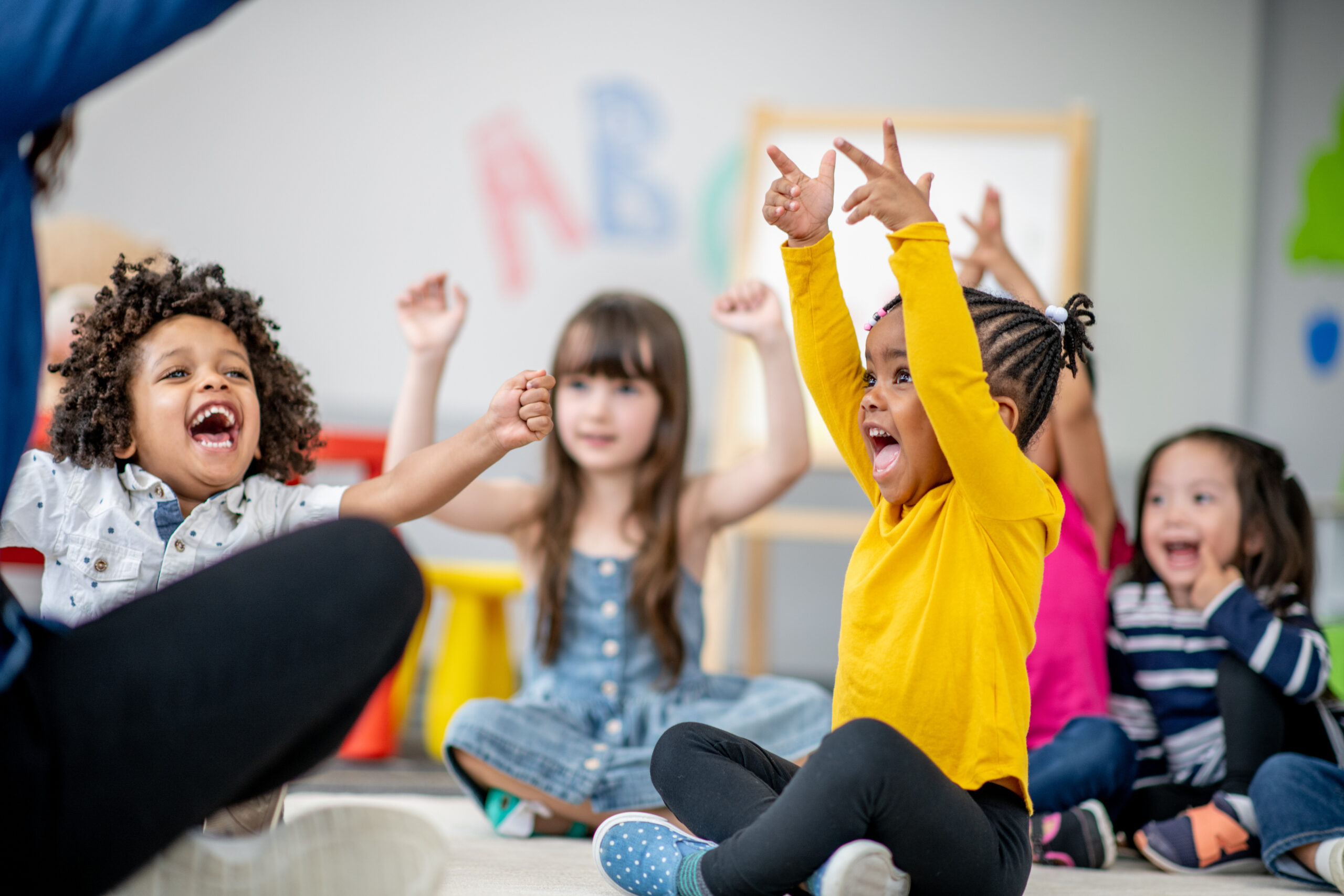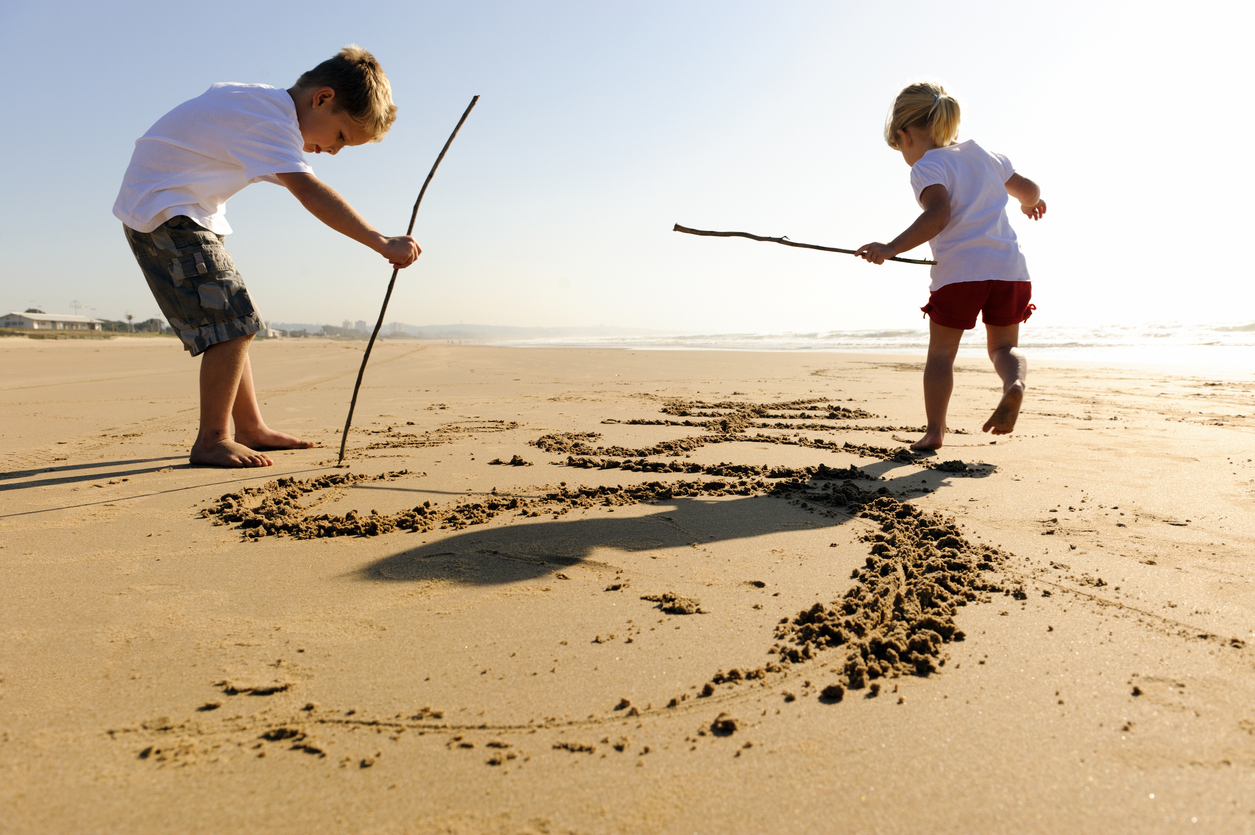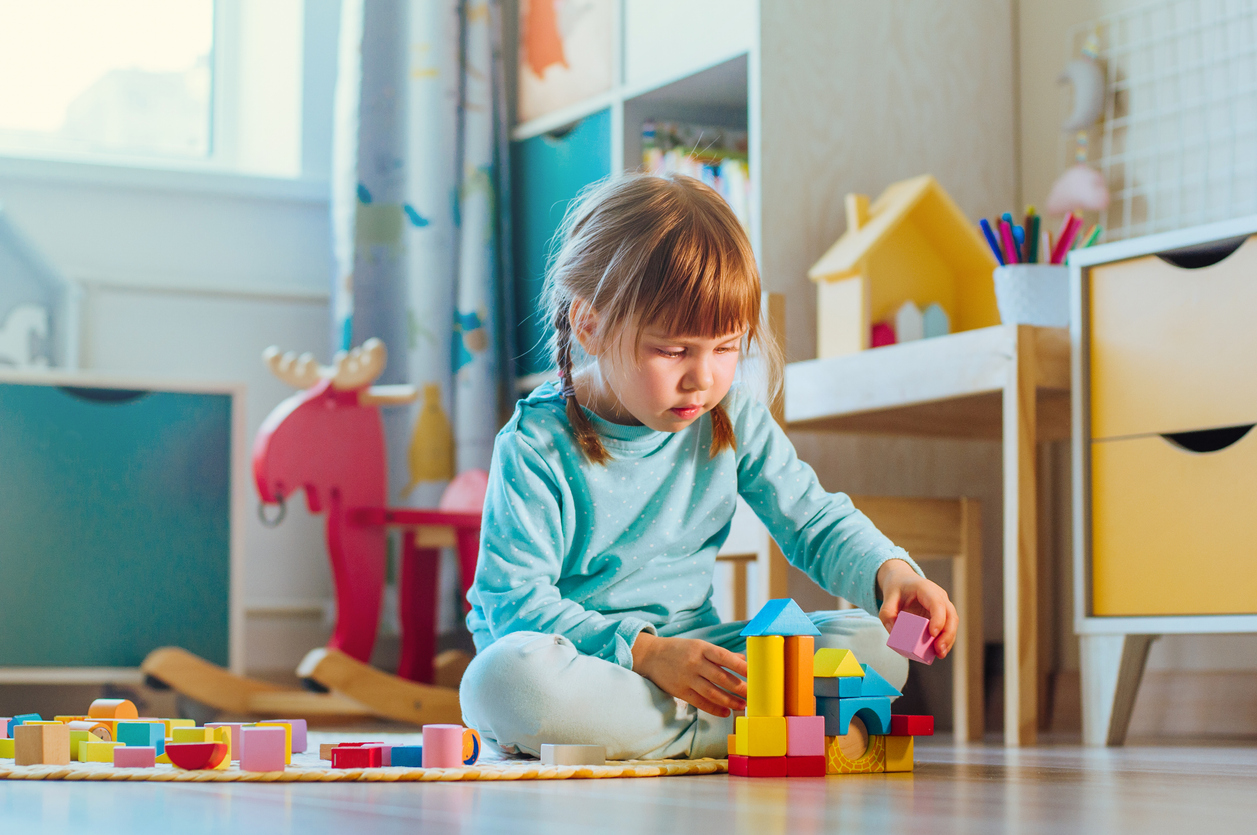Understanding Your Child’s Gross Motor Development
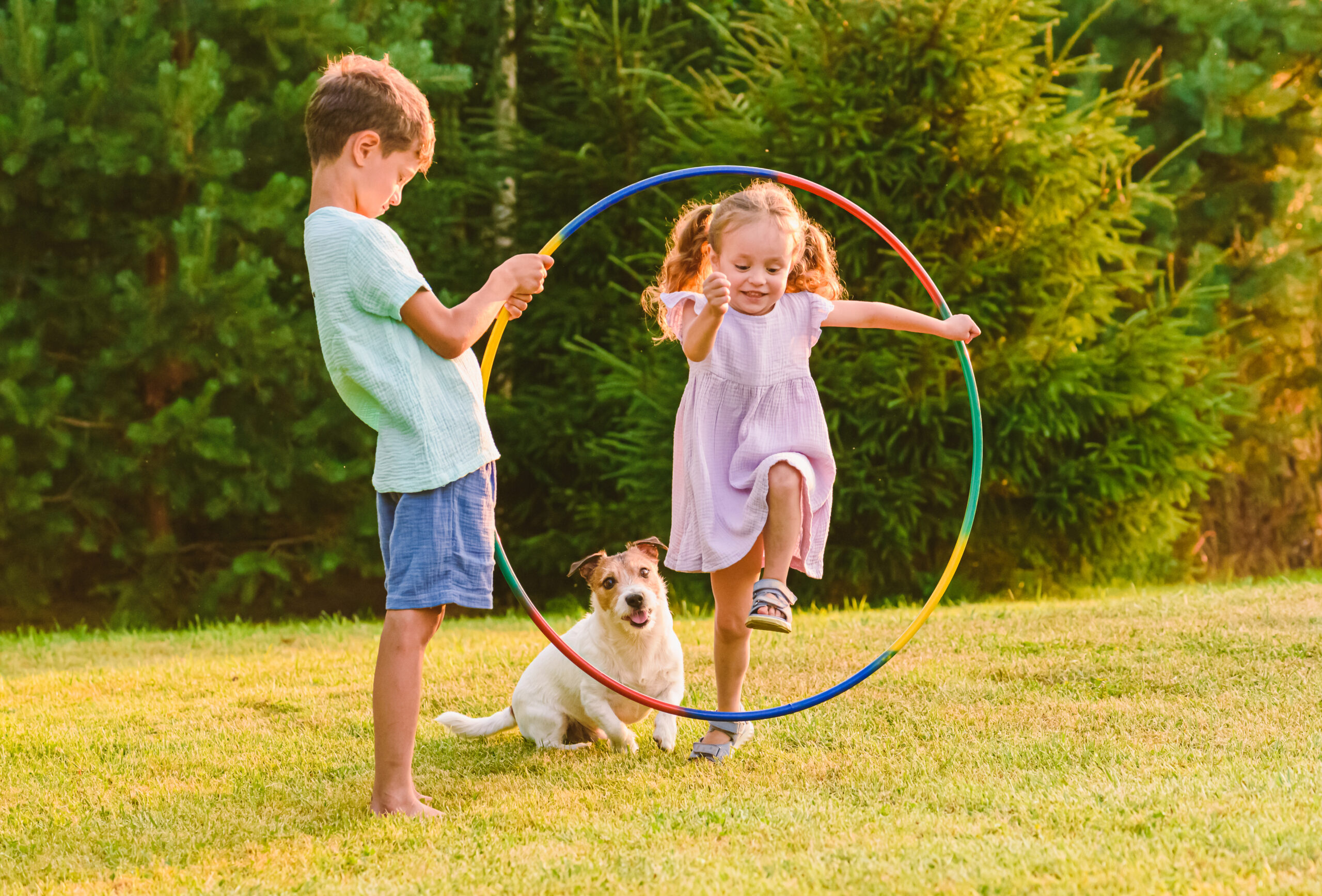
Watching your child grow is one of parenting’s greatest joys. Each new skill, from their first steps to their ability to kick a ball, shows just how much they’re learning every day. These big movements, called gross motor skills, are a key part of development. If you’ve ever found yourself at the playground watching your child climb or run, you’re seeing them in action.
Let’s explore what’s typical in gross motor development, when to seek guidance, and simple ways to encourage your child’s physical growth through everyday activities.
What Are Gross Motor Skills?
Gross motor skills involve large movements like walking, running, hopping, and maintaining balance. For example, when your child climbs a playground ladder, pedals a tricycle, or stands on one foot, they’re practicing these skills.
This is different from fine motor skills, which involve small, precise movements like using scissors, drawing, or buttoning a shirt. Both gross and fine motor skills develop over time, building on one another as your child grows.
Key Gross Motor Milestones
Below are some gross motor skills from the Centers for Disease Control and Prevention (CDC) and the American Academy of Pediatrics (AAP) to look out for as your child grows.
Before we dive in, remember: every child develops at their own pace. These milestones show what most kids (about 75% or more) can do by certain ages. If your child reaches a skill a little earlier or later, that can still be completely normal.
By around 4 years old, kids are often able to:
-
- Catch a large ball
- Hop and stand on one foot for up to 5 seconds
- Go up and down stairs without needing to hold on
- Kick a ball forward and throw it overhand
- Pedal a tricycle
- Climb on and off couch or chair
By around 5 years old, kids are often able to:
-
- Hop on one foot
- Stand on one foot for 10 seconds or longer
- Climb stairs using alternating feet without support
- Swing and climb at the playground
When Should You Be Concerned?
It’s natural to wonder if your child’s development is on track. But try not to panic over one missed milestone. What matters most is overall progress, and gaining new skills over time.
That said, talk to your pediatrician if your child:
-
- Seems to lose skills they previously had
- Consistently avoids physical play or struggles with basic movements
- Has trouble coordinating movements or balancing beyond what’s typical for their age
You can also check the CDC’s recommendations on what to do if you’re concerned about your child’s development.
How to Support Your Child’s Gross Motor Development
Physical activity is a great way to boost gross motor skills in young children. The World Health Organization (WHO) recommends that preschoolers get at least 180 minutes of physical activity every day, spread throughout the day. This doesn’t have to mean organized sports. Running around the yard, dancing in the living room, playing catch or hide-and-seek, or zooming a toy car across the floor all count.
Here are some ways to add movement to your child’s day:
1. Limit long periods of inactivity
Try not to let your child stay still for too long, except when they’re asleep. Long stretches sitting in front of the TV or strapped in a stroller can make it harder for them to get the movement they need.
2. Encourage outdoor play
Outdoor activities give children space to explore and strengthen large muscles. Some fun ways to get moving include:
-
- Climbing, swinging, and sliding at the playground
- Walking, running, or playing chase games
- Riding a tricycle, scooter, or bicycle
- Swimming or other water play
3. Make indoor time active too
You don’t always need to go outside for your child to get exercise. Indoor activities can support gross motor development just as well:
-
- Dancing in the living room with music or videos
- Creating obstacle courses with cushions, chairs, and blankets
- Playing indoor ball games, like rolling a soft ball
- Trying animal walks, such as bear crawls, crab walks, or frog jumps
4. Weave movement into everyday life
-
- Take walks together or play active games as a family.
- Visit parks, playgrounds, or community sports areas.
- Encourage new physical activities, even if you or your child feel a little nervous at first.
- Use helmets and pads for bikes, scooters, or skates to stay safe.
Supporting Gross Motor Skills in Children with Disabilities
Some children have disabilities that make movement more challenging. That doesn’t mean they can’t enjoy physical activity or improve their gross motor skills. It simply means their path may look a bit different, and they may benefit from extra support.
You can help by:
-
- Working with occupational or physical therapists for tailored activities that support strength, coordination, and balance.
- Adapting activities to match your child’s abilities, like using a lighter ball for throwing.
- Focusing on what your child can do, not what they can’t, and letting them explore movement in ways that feel right for them.
Helpful Tools for Tracking Motor Development
-
- CDC’s Milestone Tracker App: A free app to track milestones from 2 months to 5 years, with tips and guidance on what to do if you have concerns.
- AAP’s Motor Delay Tool: Focuses on physical development and offers resources and advice if you suspect a delay.
The Bottom Line
These tools can give you extra guidance, but remember: your child’s journey with gross motor skills is unique. Some will run early; others will take their time. What matters most is giving them chances to move and cheering them on as they grow. If you’re ever unsure, trusted resources like the CDC, AAP, and your pediatrician are there to help.
Every step, hop, and tumble forward is worth celebrating!

